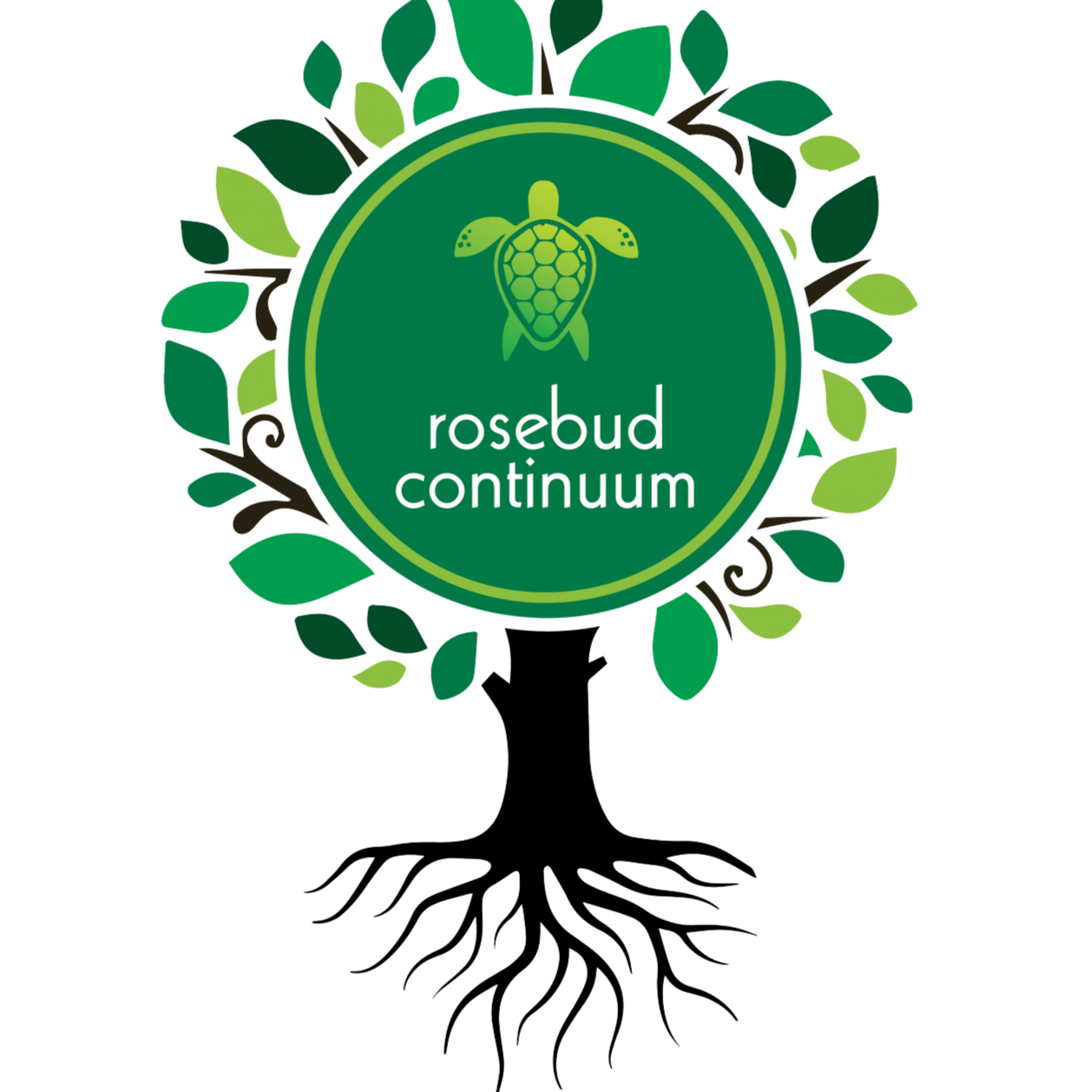
Trashcrete testing
Join us in this journey to find the best applications for Trashcrete!
So far, we have used Trashcrete to make sculptures. These are art-type display items are not bearing any load or used for any structural purposes.
We want to explore more applications of the material and improvements to its quality. This is the beginning of that journey.
*Please note this is our first experimental testing attempt, we will continue to consult and enrich it.
The concrete formula
There are several ratios of the concrete mixture used to create varying strength alternatives.
We decided to take the basic concrete ratio of 1:2:3 (one part cement, two parts sand, and 3 parts gravel) and make variations accordingly. In our approach of the mix, shredded plastic will replace gravel, the larger aggregate.
As for sand, the finer aggregate, we decided to incorporate sand made on site, instead of purchasing river sand. How are we making sand on site? With glass! With our donated glass crusher machine, we are able to recycle glass(which is not recycled locally) and make sand.
Formula variations
Because the question is,
How detrimental is the inclusion of shredded plastic in the performance of the concrete material?
in our formula variations, we decided the cement and sand variables will stay the same and the variation will only take place in the amount of shredded plastic.
The chosen ratios were:
1:2:3 - Keeping the basic formula
1:2:2 - Reducing plastic to two parts.
1:2:1 - Reducing plastic to one part.
The sample
For the sample, we used a container with the following measurements:
height 4 3/4”
upper diameter 4 1/2”
lower diameter 3 3/4”.
Testing
Concrete strength is in compression, therefore the testing usually done in the concrete industry is compression testing. Here is a link for a sample of what this type of testing looks like.
Before sending our samples to a facility where compression tests are performed, we decided to perform some in-house testing. We soon realized we could not replicate a compression test with what we could build in-house.
We decided to take the in-house testing to another direction, through impact. We used a 30lb kettle bell, elevated it 3ft above the sample, and released it to impact the top surface of the Trashcrete sample.
Jorge Amaya, USF intern for Fall 2024, is holding the weight and releases it onto the Trashcrete 1:2:3 sample (left) and 1:2:2 sample (right).
THE RESULTS
- -
THE RESULTS - -
1:2:1 sample
1:2:2 sample
1:2:3 sample
All samples withstood the test, as none of them broke completely.
All of the samples resulted with cracks as shown in the pictures above.
Other observations..
When removing the samples from its molding containers, we noted that some mixtures resulted dryer that others as they showed more air pockets (as shown on pictures above). This resulted even when vibrating the mixtures by hand was performed on all samples equally. This poses questions regarding ideal water measurement on the mix and how water influences concrete performance.
During the impact testing, it was also noted that the sound the impact of the kettle bell on the samples varied. The sound on the samples with less plastic seemed higher-pitched, while the sound on the sample with more plastic was lower-pitched. This observation could lead to think plastic can be acoustically beneficial.







